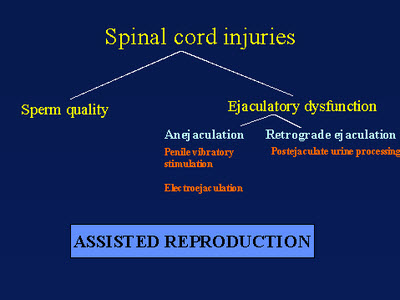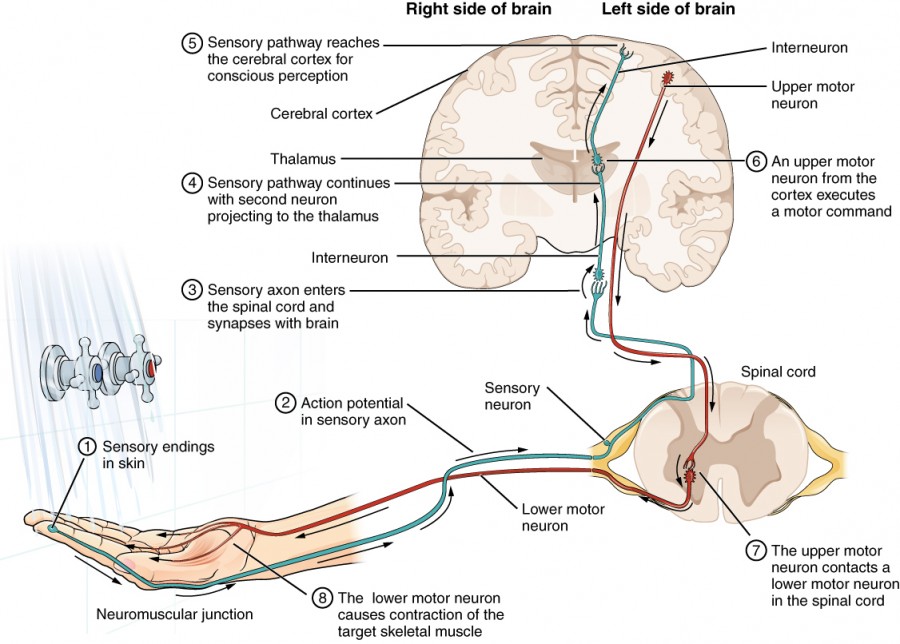The impulse to ejaculate comes from the spinal cord

The Impulse to Ejaculate Comes From the Spinal Cord

When it comes to the physiology of ejaculation, it all starts with the spinal cord. Contrary to popular belief, the impulse to ejaculate originates from the spinal cord rather than the brain. This vital piece of information sheds light on the complex mechanisms involved in sexual arousal and orgasm.
Understanding the role of the spinal cord in ejaculation is important because it allows us to delve deeper into the physiological processes that govern sexual functioning. By exploring this fascinating topic, we can gain insights into the interplay between neural networks, hormones, and the overall experience of pleasure.
To comprehend how the spinal cord influences ejaculation, it’s essential to grasp the structure and functionality of this intricate part of the central nervous system. The spinal cord is a long, cylindrical bundle of nerve fibers and tissues that extends from the base of the brain down the vertebral canal. Its primary purpose is to transmit signals between the brain and the rest of the body.

During sexual arousal, sensory information from various erogenous zones is detected by peripheral nerves in the genital area. These sensory nerves then transmit these stimuli to the lower segments of the spinal cord, specifically the sacral segments. Here, the information is processed and integrated to initiate the ejaculatory reflex.
The ejaculatory reflex is a series of involuntary anatomical and physiological responses that occur during orgasm and culminate in ejaculation. It involves the contraction of smooth muscles in the pelvic region, leading to the release of semen from the penis. This reflex is coordinated by a complex network of neurons within the spinal cord.
With the impulse originating in the sacral segments of the spinal cord, the efferent signals travel back up the spinal cord and reach the pelvic region. This triggers the rhythmic contractions of the muscles responsible for propelling semen through the ejaculatory ducts and out of the body. Additionally, other muscles involved in sexual pleasure, such as the bulbocavernosus and ischiocavernosus muscles, undergo contraction to enhance the intensity of orgasm.
It is important to note that while the spinal cord takes the lead in initiating the ejaculatory reflex, the brain does play a significant role in the overall experience of orgasm. Areas of the brain, such as the hypothalamus and limbic system, are involved in processing emotional and pleasurable sensations that accompany orgasm.
In conclusion, the impulse to ejaculate indeed originates from the spinal cord. This fact demonstrates the intricate interplay between the central nervous system and sexual function. Understanding the physiological mechanisms behind ejaculation can contribute to the development of treatments for sexual dysfunction and enhance overall sexual well-being.
Source: The Story of an Orgasm: The Physiology of Ejaculation
Tags
Share
Related Posts
Quick Links
Legal Stuff

